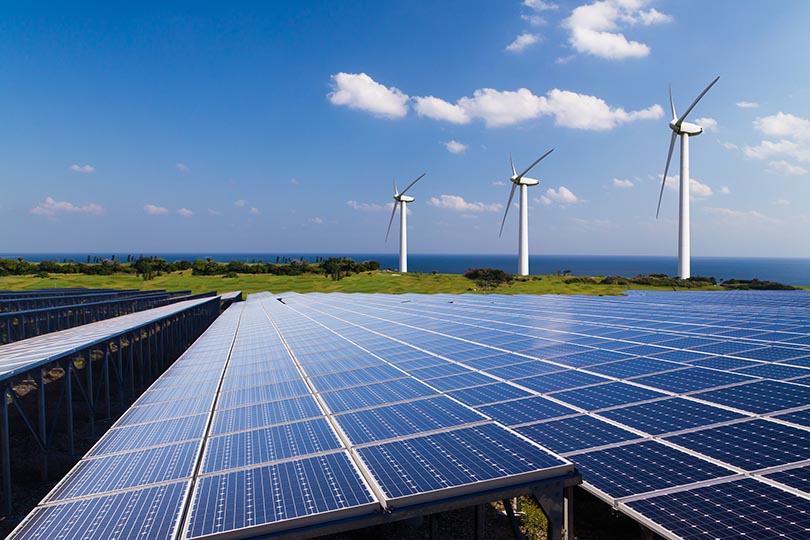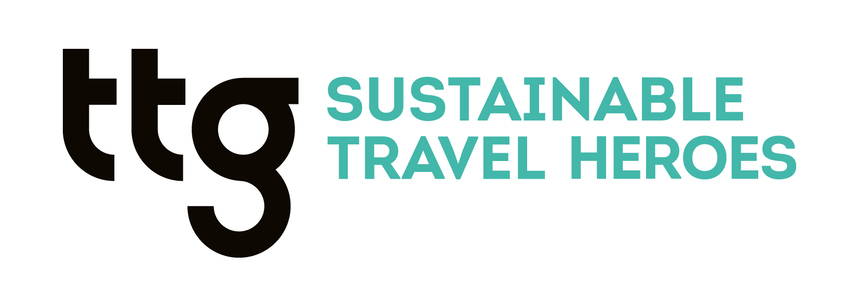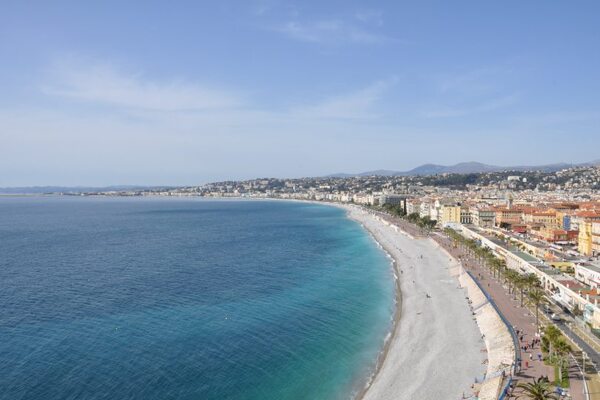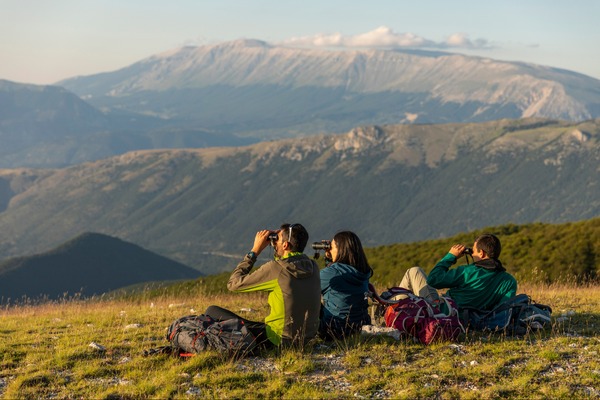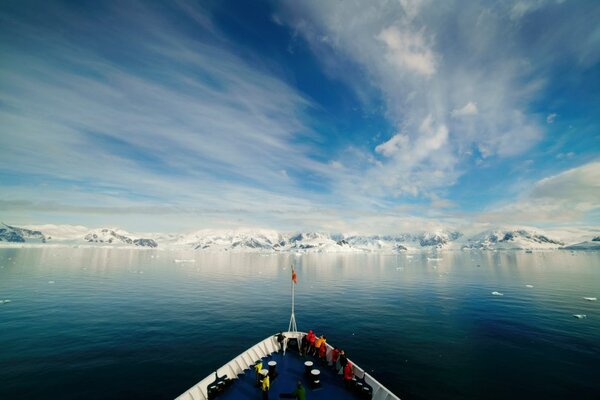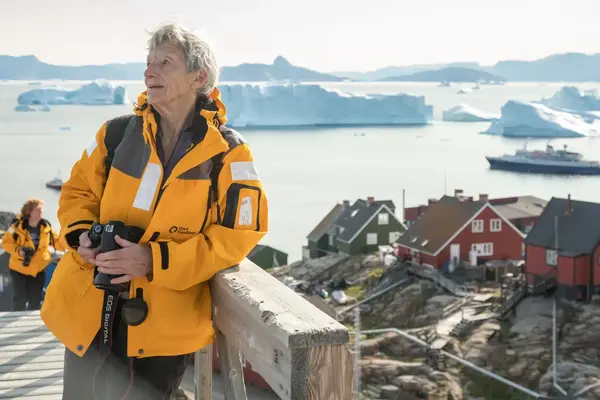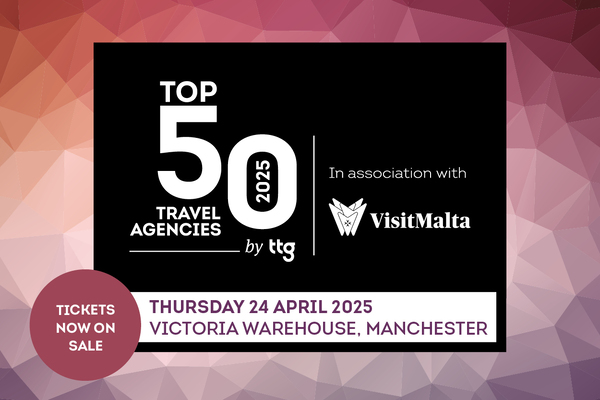8 top tips for making your office environment more sustainable
With tips from TTG’s Sustainable Travel Heroes and our sustainability advisor TerraVerde, Madeleine Barber suggests eight ways to make your office environment more sustainable
Albert Einstein once said “setting an example is not the main means of influencing others, it is the only means”. While all of us are on a journey towards creating a sustainable travel industry, few of us are succeeding in setting that all-important example needed for consumers to change their mindset and make more responsible choices when booking a holiday.
One tangible step towards achieving this is to look first at your own working environment. Are you taking all the measures possible to make your place of work the greenest it can be? We’ve asked our TTG Sustainable Travel Heroes supplier partners and TTG’s advisor TerraVerde Sustainability to help us round up eight top tips for making your office environment more sustainable, whether you’re working from a high-street agency or your dining room table.
1. Appoint a sustainability council
While sustainable practices must be championed by the business owner, larger companies will benefit from appointing a group of passionate team members willing to take responsibility for driving change and holding others accountable. Hurtigruten, for example, has a Sustainability Squad that meets regularly to discuss and implement improving operations in home and head offices. Once a council is in place, host awareness-building and ambition-setting workshops, firstly with the management team, then with all staff to ensure everyone is on the same page.
2. Measure your carbon footprint
It’s hard to reduce what you haven’t measured, so work on calculating your business’s carbon footprint across energy, water, waste, plastic, paper and any key suppliers. This can be a lengthy process and will often require third-party support from sustainability consultants such as TerraVerde, but it’s an essential step in order to find your baseline figures. Once the footprint is measured, your advisors can help you draw up targets to work towards.
3. Evaluate waste management
The majority of those in the travel industry have taken steps to reduce and recycle paper, plastic and food in office environments, such as Intrepid Travel providing staff with reusable water bottles and tote bags for shopping, and Hurtigruten making all operations paperless, but there’s also electronic waste to think about. Always endeavour to have phones, computers, printers, coffee machines, kettles and the like repaired rather than replaced, and consider purchasing refurbished electronics when items can’t be saved.
YOUR DIGITAL CARBON FOOTPRINT
According to TerraVerde, the internet accounts for 3.7% of all global emissions, which is almost equal to the entire aviation industry. This carbon footprint is built from every email you send, every website you visit and every video you stream as energy-hungry servers in global data centres work away. Here are five top tips for reducing your digital carbon footprint:
- Save emails (4 grams CO2 each) for longer correspondences or conversations you need to keep on record and instead use messaging apps or text (0.014 grams CO2 each) for shorter exchanges
- Reconsider your strategy for marketing emails and focus on quality, not quantity
- Create a shared digital storage space and link to files rather than sending them as email attachments
- Unsubscribe to any unnecessary promotional emails you’re receiving and encourage your colleagues or employees to do the same
- Use Ecosia as your primary internet browser – the provider uses advertising revenue from searches to plant trees where they’re needed the most
4. Choose green suppliers
There are a number of tools and resources available to help you identify the most sustainable suppliers to work with. For energy, TerraVerde recommends Octopus Energy, while Intrepid is using Bulb Energy, a provider of 100% renewable electricity and carbon-neutral gas. The tour operator is also sourcing office fruit and veg from Oddbox, a supplier selling products deemed unsuitable for supermarkets for aesthetic reasons, and tea and coffee from Fairtrade brands Clipper Teas and Office Coffee Company.
5. Assess physical marketing materials
Reducing the number of brochures displayed in your agency is a good start, but also consider more targeted marketing for leaflet drops, ensure banners aren’t coated in plastic, recycle discarded window posters, create printed collateral on FSC-certified paper and, where possible, acquire all marketing materials from a sustainable source. You can also consider switching out physical business cards for QR codes that automatically add your details into your new contact’s phone book. TTG recommends qr-code-generator.com.
6. Plan client events with sustainability in mind
If you have flexibility with the location of an event, choose a venue easily accessible on public transport and switched on to energy saving methods. With catering, consider fully vegetarian meals (TerraVerde says meat-free dishes can have as little as one-tenth of the carbon footprint of beef dishes) and don’t use single-use cutlery, crockery or decorations. Intrepid hosted a client event last Christmas with sustainability in mind and created garlands from recycled newspapers and magazines.
7. Participate in local initiatives
Taking part in local charity work is a fun way to get your team engaged with sustainability and educate them on its importance. Hurtigruten staff members, for example, have attended several environmental clean-ups with the RSPB. Meanwhile, hosting a brainstorming meeting with your sustainability council will help you choose activities with the highest impact. From a business point of view, sharing photos from these events on social media will help promote your values to your customers and enhance your brand.
8. Consider carbon offsetting
Carbon offsetting should only be considered once you’ve done everything in your power to reduce your emissions and minimise your footprint – only offset what you can’t reduce. TerraVerde recommends engaging solely with projects that are certified by either Gold Standard, Verified Carbon Standards or some equally robust national schemes that contribute to the UN Sustainable Development Goals. This is to ensure the reliability of the initiatives and to guarantee they are removing carbon now, rather than plan to in the future.
Check out ttgmedia.com/sustainabletravelheroes for more ways in which you can operate a greener travel business and promote sustainable travel.

